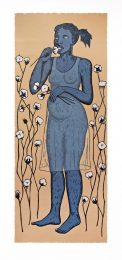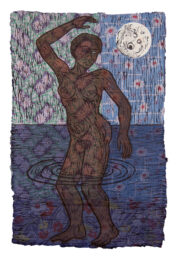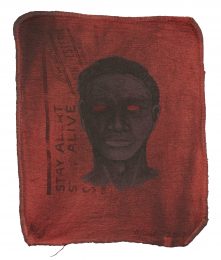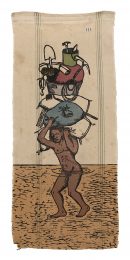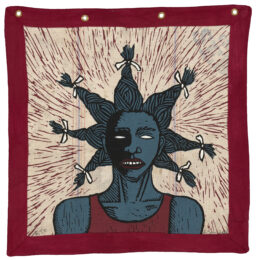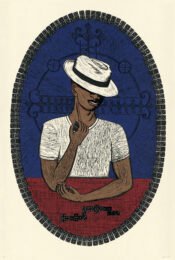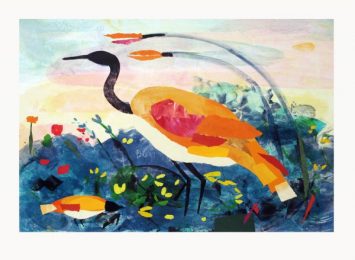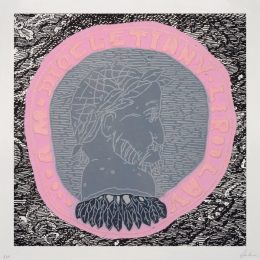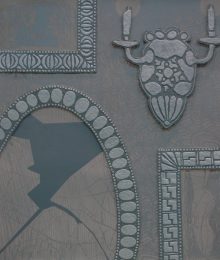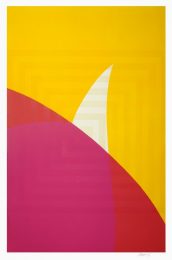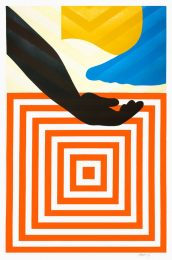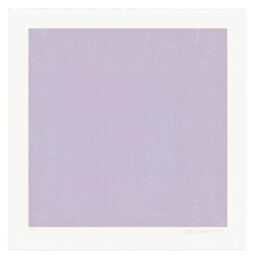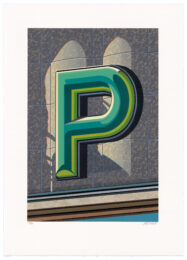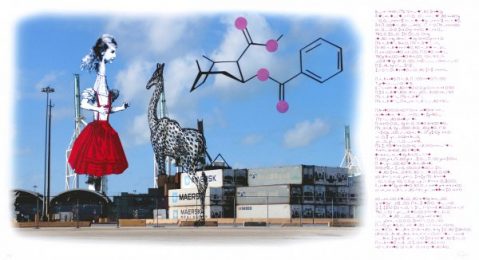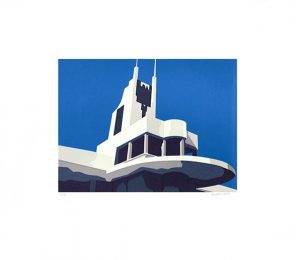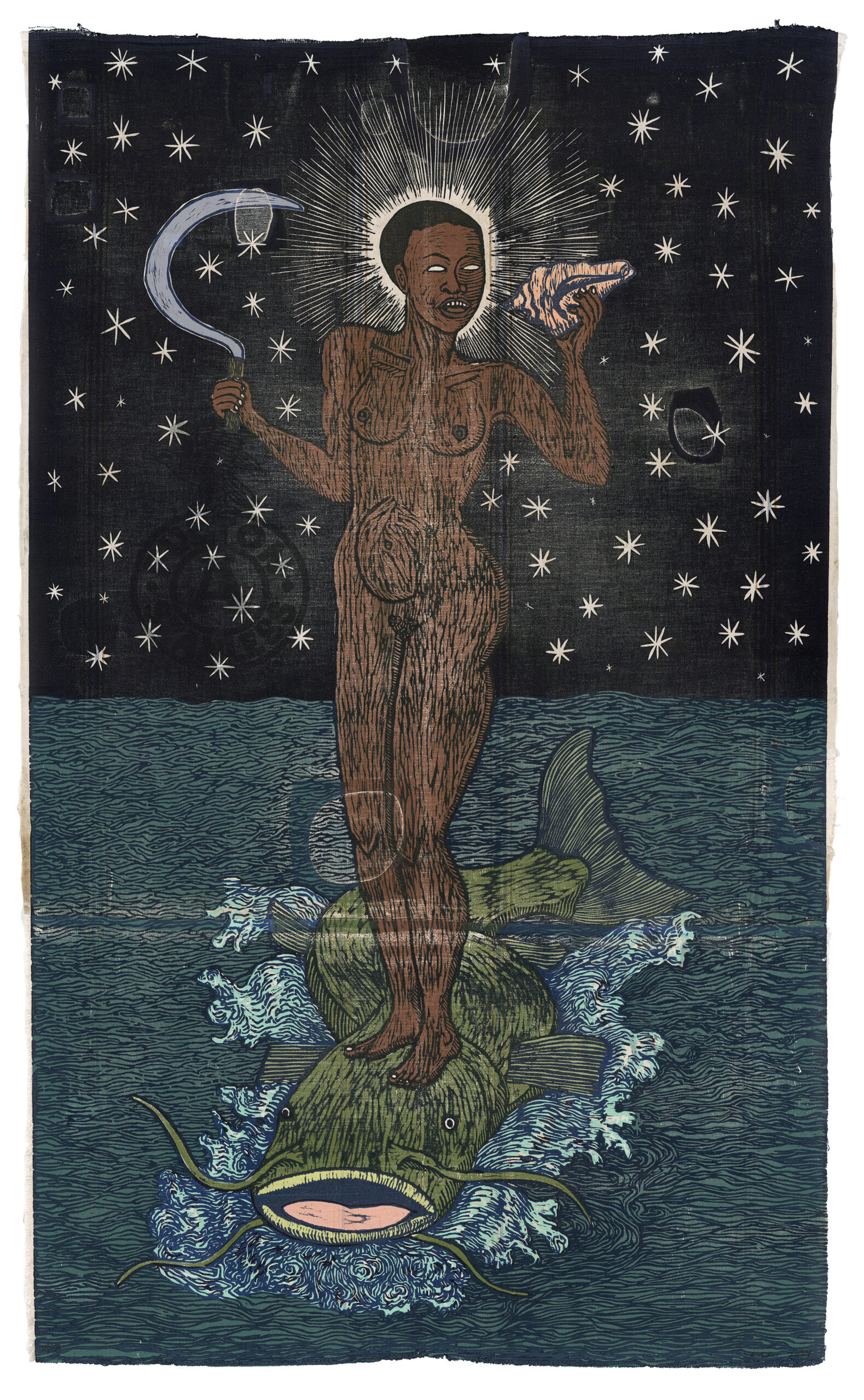
Mutiny of the Sable Venus by Alison Saar
Tandem Press (IFPDA)
2024
Edition Size: Varied edition of 24
Sheet Size: 60 x 38 inches
Signed
Condition: Pristine
Woodcut on vintage cotton seed sack. This work is signed and numbered on the front by Alison Saar and comes with a documentation sheet. Printed and published by Tandem Press. Variation occurs between impressions in edition, contact us for images of available impressions.
Through her sculptures, drawings, and prints, Alison Saar explores the subjects of racism, sexism, ageism, and the specific challenges of being bi-racial in America. Her work encompasses a multitude of personal, artistic, and cultural references that reflect the experiences of several communities, most prominently the African diaspora. She often incorporates found objects such as rough-hewn wood, old tin ceiling panels, and glass vessels into her sculptures or chooses to draw and print on vintage fabrics instead of paper or canvas. Her work depicts defiant and strong figures. In recent years, much of her work has recast Black literary characters from racial stereotypes to autonomous subjects.
Alison Saar’s new large woodcut, Mutiny of the Sable Venus, responds to several historical references. Her image primarily reacts to an etching created in 1793 by Thomas Stothard titled The Voyage of the Sable Venus from Angola to the West Indies, which depicts an African woman standing on a half-shell, surrounded by cherubs and a possessive-looking Triton carrying the British flag, being towed across the ocean by dolphin-like sea creatures. Stothard created this slave-trade propaganda based on Sandro Botticelli’s painting The Birth of Venus from the mid-1480s to accompany a poem by Isaac Teale titled The Sable Venus, An Ode. This horrendous poem reflects the eighteenth-century characterization of African women as sexual objects as well as objects of labor. It brutally celebrates the pleasures of raping women and invokes Black beauty to point out the superior beauty of whiteness while still registering society’s desire for these “undesirable” women.
In recent years, the poet Robin Coste Lewis critiqued this heinous duo of image and text and other historical representations of Black women in her debut poetry collection Voyage of the Sable Venus and Other Poems, published in 2015. In their reimaginings, both Lewis and Saar reclaim the Sable Venus and present her as a symbol for the emergence of Black women as empowered and in charge of their own lives. Saar’s Venus rides a catfish, brandishing a sickle and blowing a conch shell. She has mutinied against her oppressors—no cherubs or Tritons in sight—and now calls others to free themselves and join her in arms.
Saar stated that this piece may be the most complex woodcut print she has created to date as she rendered the image by carving it on multiple woodblocks that were also later jig-saw cut out to ensure perfect registration of the various layers during the printing process. The image is printed on found seed sacks, a common material that Saar uses in her work to reference crops of the slave trade.
$12,000.00



